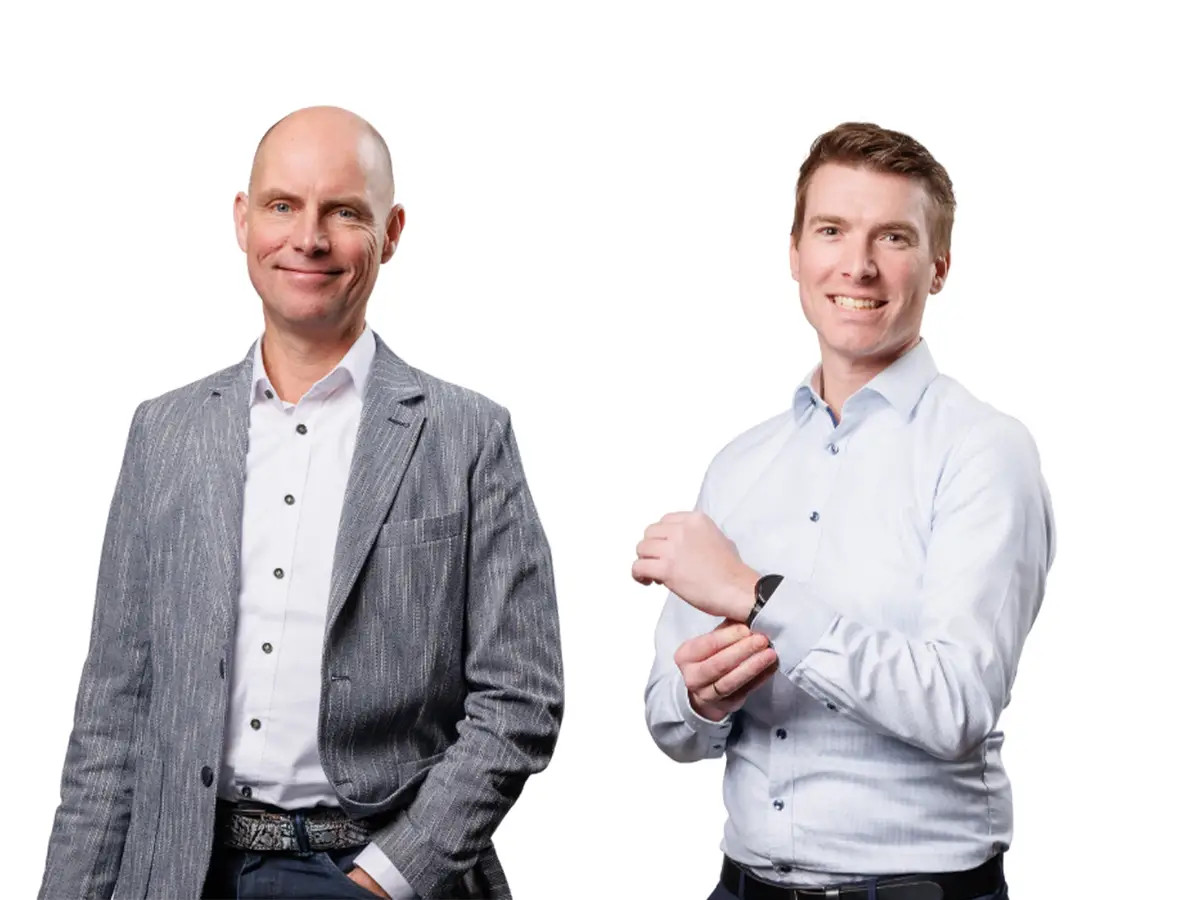
Building a new production hall or upgrading an existing cold storage facility - sooner or later, every food producer faces that decision. And it comes with a number of challenges: strict food safety regulations and sky-high energy costs for refrigeration and freezing are just two examples. How do you create a future-proof cooling and freezing infrastructure without breaking the bank? In our experience, building smart and sustainably comes with significant (financial) benefits.
Of course, you need to meet HACCP requirements and the upcoming Quality Assurance in Construction Act. Insulation, natural refrigerants and redundant systems also need to be in place to guarantee safe and reliable operations. Still, high quality pays off - twice over. Modern refrigeration technology can reduce energy consumption by dozens of percent. And that kind of saving isn’t just noticeable on your energy bill. It can also be the key to qualifying for subsidies and tax incentives, making a real difference in your budget planning.
Example: companies designing a new production hall (freezer facility) today will almost inevitably end up with ammonia and/or transcritical CO₂ to meet energy, environmental, and cost requirements. And yes, thanks to EIA deductions and heat recovery, these ‘green’ systems can be financially attractive too. That is, if the business case is calculated carefully and performance standards are taken into account, covering not only investment and maintenance costs, but also safety measures and lifespan. What’s more, new buildings can benefit from generous tax deductions via MIA/Vamil schemes when certified under labels such as GPR, BREEAM, or Circular Construction. These certificates offer energy savings, environmental advantages and improved usability and comfort.
On top of financial support, there’s another bonus: energy-efficient cold storage facilities are often more reliable. Less heat loss and smart compressor controls lead to more stable temperatures and fewer failures. So you’re not just investing in a sustainable future, you’re also reducing the risk of downtime or product loss.
In short, if you invest in modern cooling and freezing infrastructure now, you’ll keep a cool head, literally and figuratively. While your competitors wrestle with outdated systems and mounting costs, you’ll be reaping the benefits of lower expenses and potential subsidies.
Staying cool pays off.
Photo: Bernhard Scholing (left) and Niek Gillis
Source: Vakblad Voedingsindustrie 2025